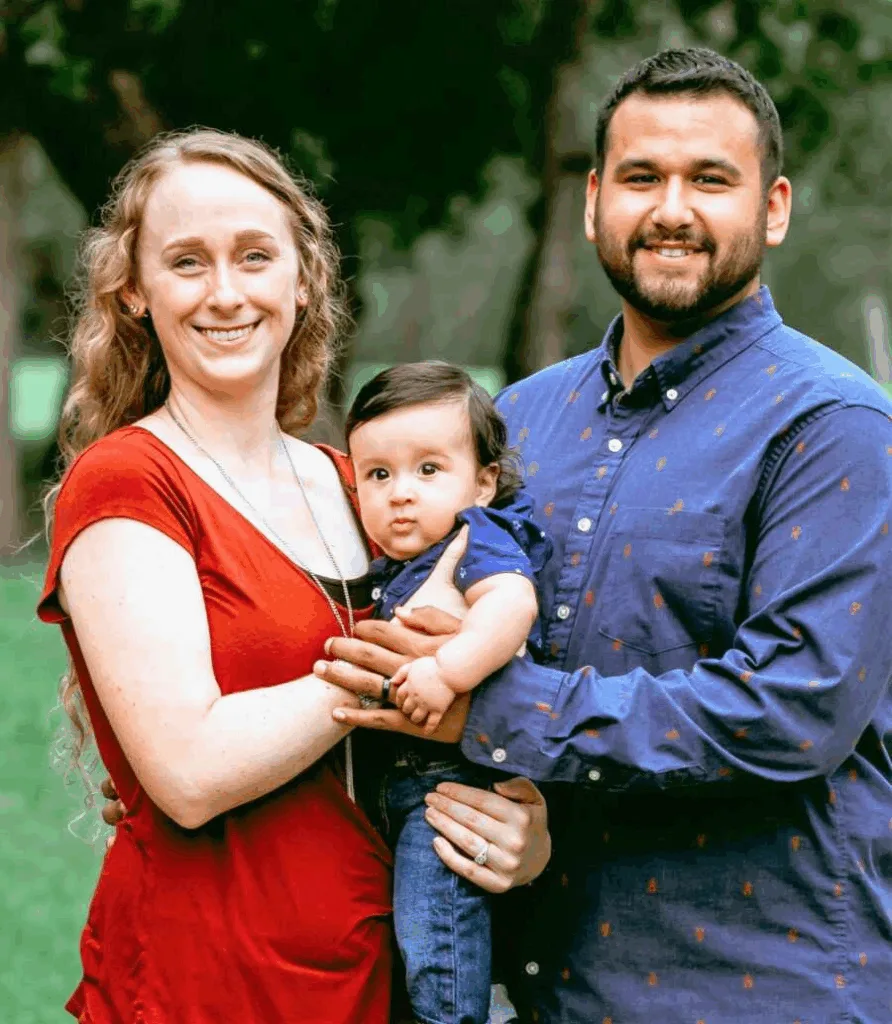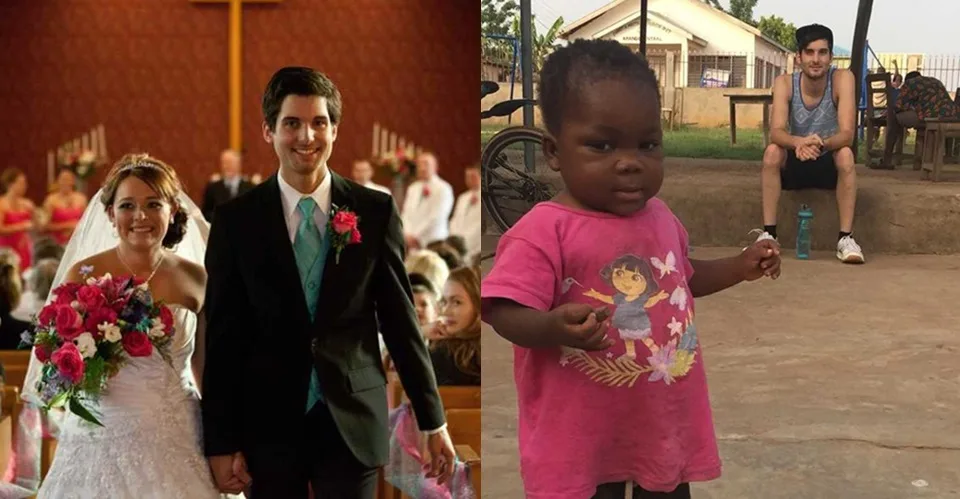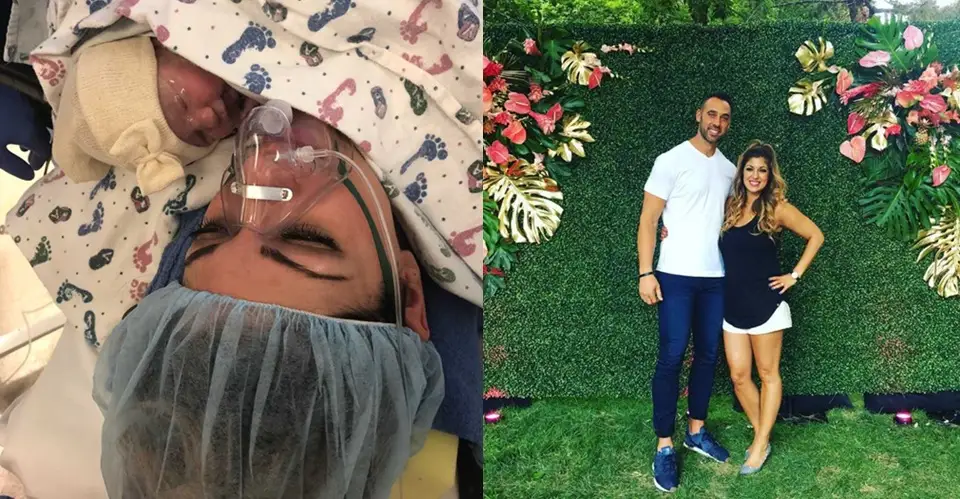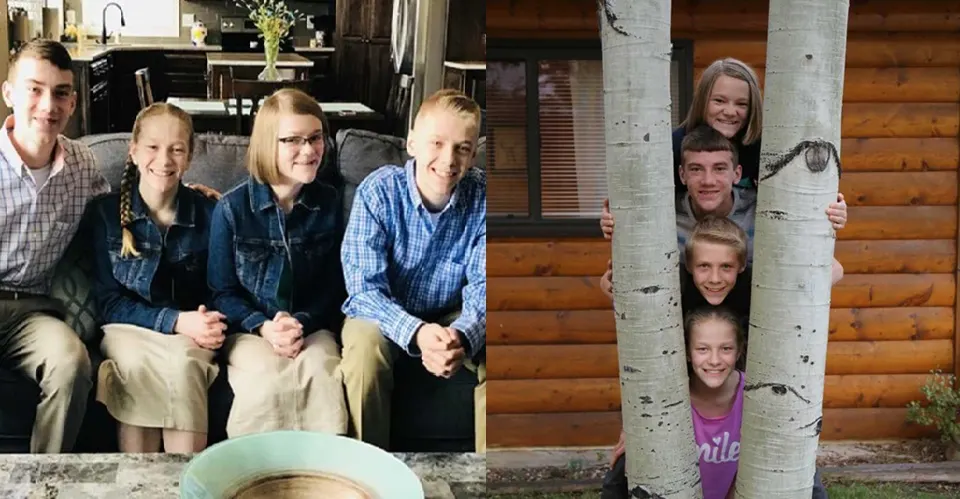She once thought the darkest voice was the truth, but the real her was waiting for help. Now she writes in her own hand again, and it spells hope. She keeps a journal for her motherhood journey and sometimes stares at the pages thinking, “That handwriting doesn’t even look like mine.” In a way, it isn’t. Those lines belong to the version of her who was drowning, new to motherhood, crowded by intrusive thoughts, trying to care for a newborn while forgetting herself.
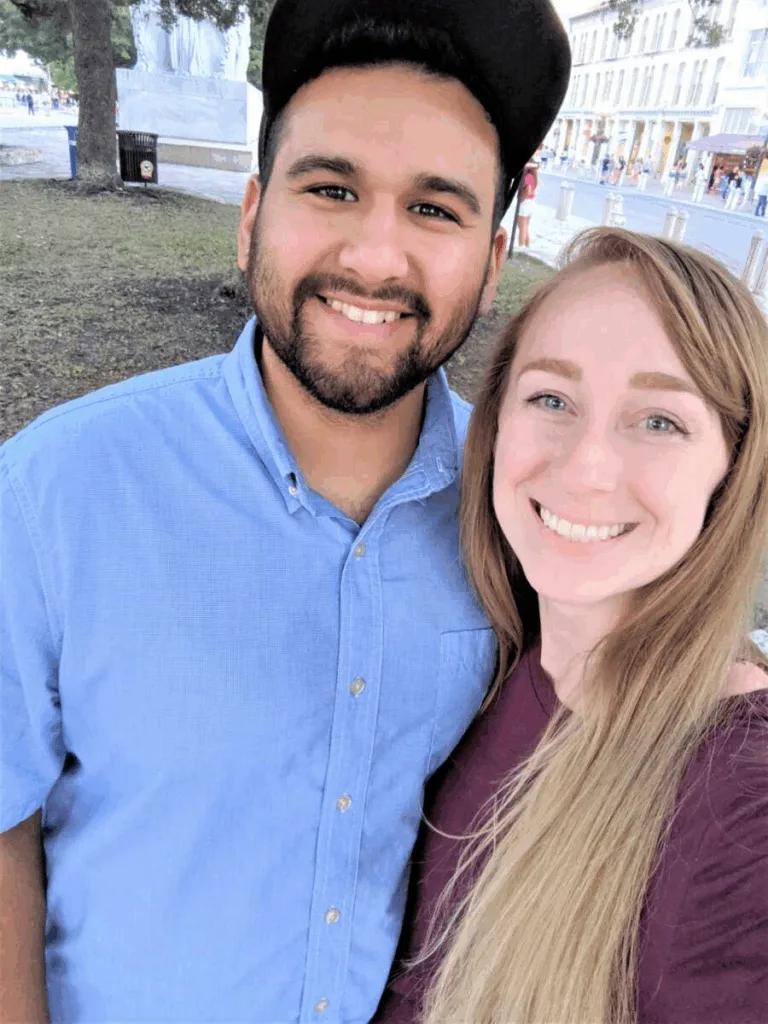
Before that, she was the opposite: bright, curious, grounded, active in church, good at her job, and good at looking after her needs. In 2019, the pregnancy test finally showed a line. It felt like a gift for her husband’s health after a challenging year. The pregnancy was smooth, and their son arrived in February 2020. A scary delivery ended in an emergency C-section, but two days later, they went home with a healthy baby. She pictured gentle days ahead.
Instead, her milk didn’t come in as expected. When their four-day-old had a dry diaper for nine hours, panic took over. They rushed to the ER, and he was admitted to the NICU for two days. One bottle might have prevented it, she thinks now, but they were both fresh from surgery, sleep-starved, and overwhelmed. He recovered well, but the fear around feeding settled deep and lasted fifteen months.
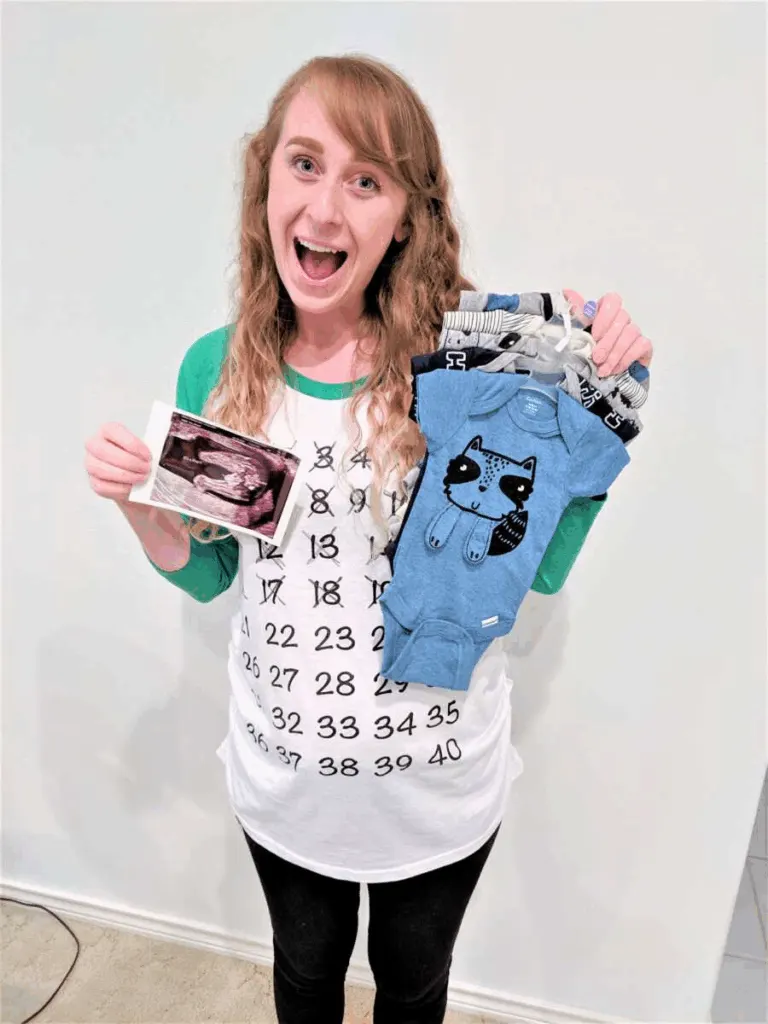
The baby blues faded, but something heavy stayed. Inside her head, it felt like a noisy room where she couldn’t make a single sentence. Thoughts arrived fast and in conflict. She blamed everything on sleepless nights, but it was more than that. One moment, she was sure she was unfit to feed her child; the next, she was sure no one else could do it right. She let her husband help, then hovered behind him to correct every move. She withdrew from family, work, and herself, pouring everything into the baby.
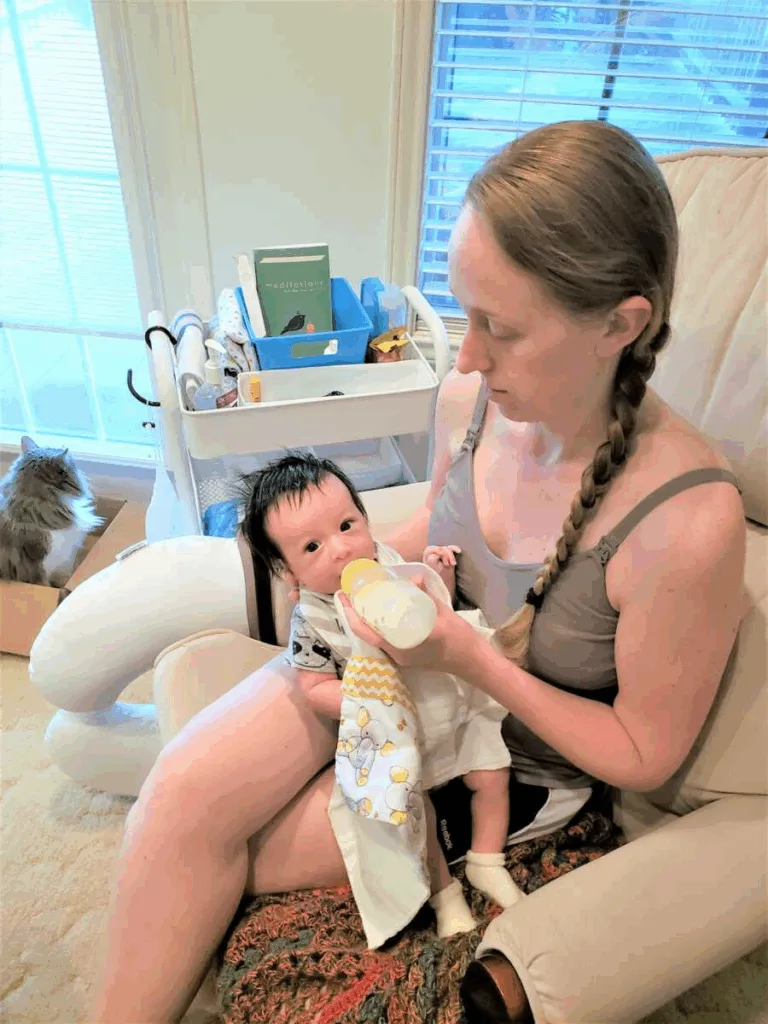
She didn’t know then that violent, unwanted images, her baby getting hurt, choking, bleeding, were warning signs, not “new mom nerves.” Anxiety grew teeth. She watched the monitor obsessively, sometimes hearing phantom cries while he slept quietly. She wouldn’t leave him alone because she felt something dark watching him. She began to slip away from reality, her journal filling with lines like, “I have to be perfect or they’ll take him,” and “Why does leaving the house feel suffocating?” and even, “What if he isn’t real?” She kept silent at medical follow-ups, terrified that if she spoke honestly, “they” would take her baby, though she couldn’t say who “they” were. Panic attacks pinned her in place.
On June 5, after a rough day of no naps and nonstop crying, a thought hit her while driving over a bridge: “Why don’t you just pull the wheel?” It shocked her because part of her meant it. She made it home, broke down, and her husband finally saw how bad it was. He held her while she gasped for air and words. She didn’t want to die, but brief, dark ideas had been flashing for months.
After that day, her mind tried to plan the unthinkable. She thought of leaving and taking her baby with her, because she believed only she could keep him safe. Even everyday games scared her; she noticed herself lingering too long with a blanket during peek-a-boo, picturing walking away from a bath. At the time, those thoughts felt twisted but “logical” to a brain trapped in illness.
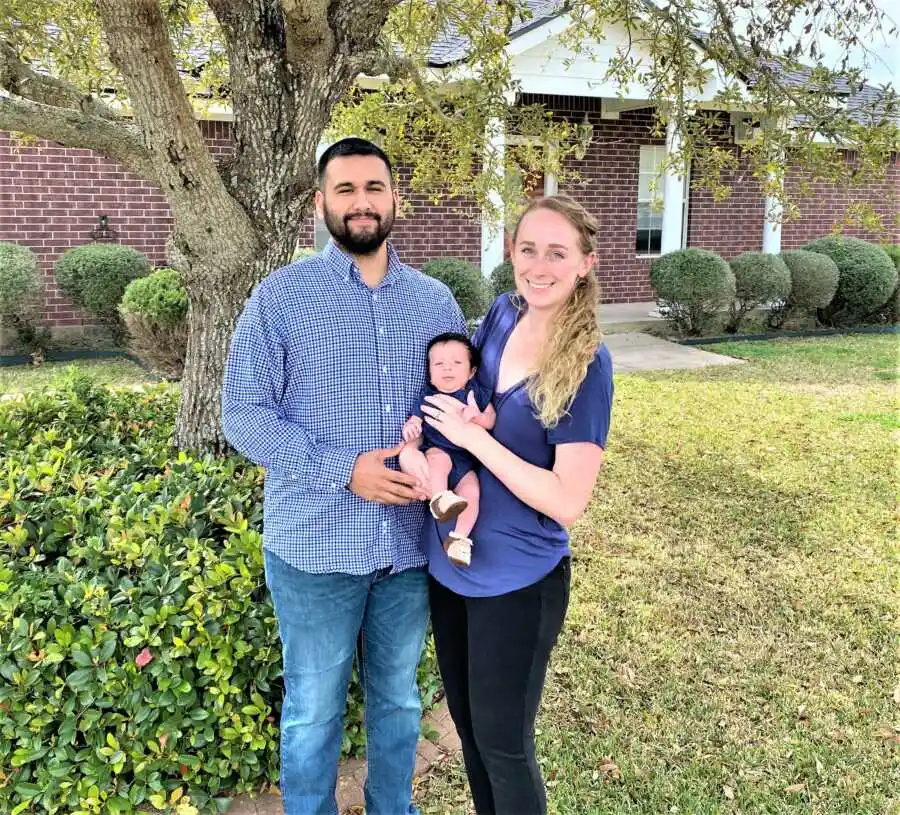
Her husband kept showing up. He got her to the OBGYN. She started antidepressants and waited for psychiatric care, but it was the summer of 2020, and everything moved slowly. On July 25, after a near attempt, he took her to a psychiatric hospital. She stayed six days, long enough to get stabilized and begin to reset. The day she was discharged, her best friend texted jokingly, “Did you die??” because she hadn’t answered in weeks. The message landed like a bell. She called, told the truth, and received what she needed: love without judgment.
Back home, her husband built safety into every day. He asked hard questions. She checked in with clinicians. She took the meds. Slowly, the storm quieted. Looking back, she wishes they’d recognized the signs earlier; postpartum mental health education might have kept things from spiraling. Even so, with family, doctors, and time, she began to reassemble the pieces. The old journal entries still look foreign, but her words now feel like hers. They’re steadier. They’re hopeful. They imagine ordinary days with her family, and many of them.
